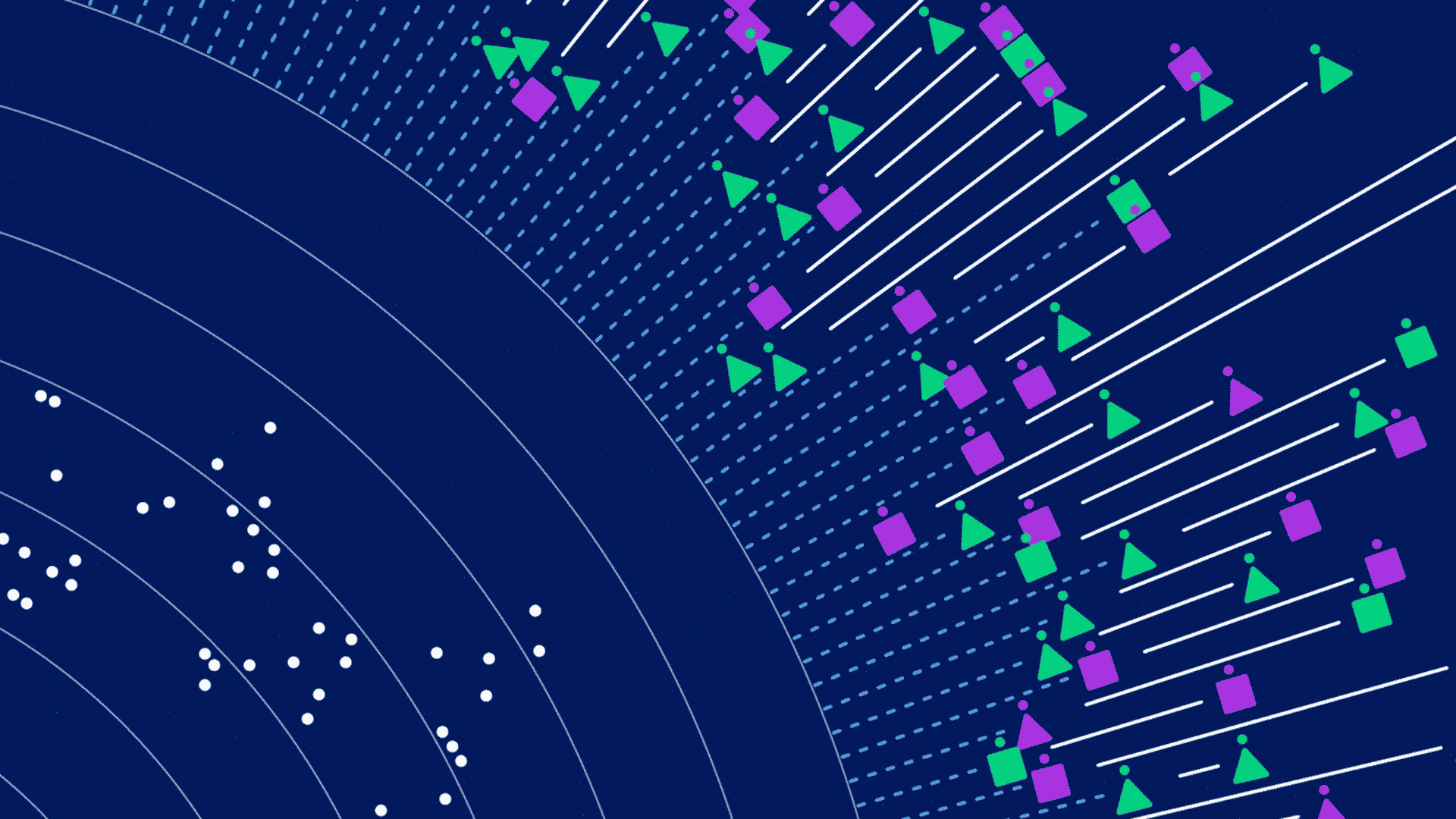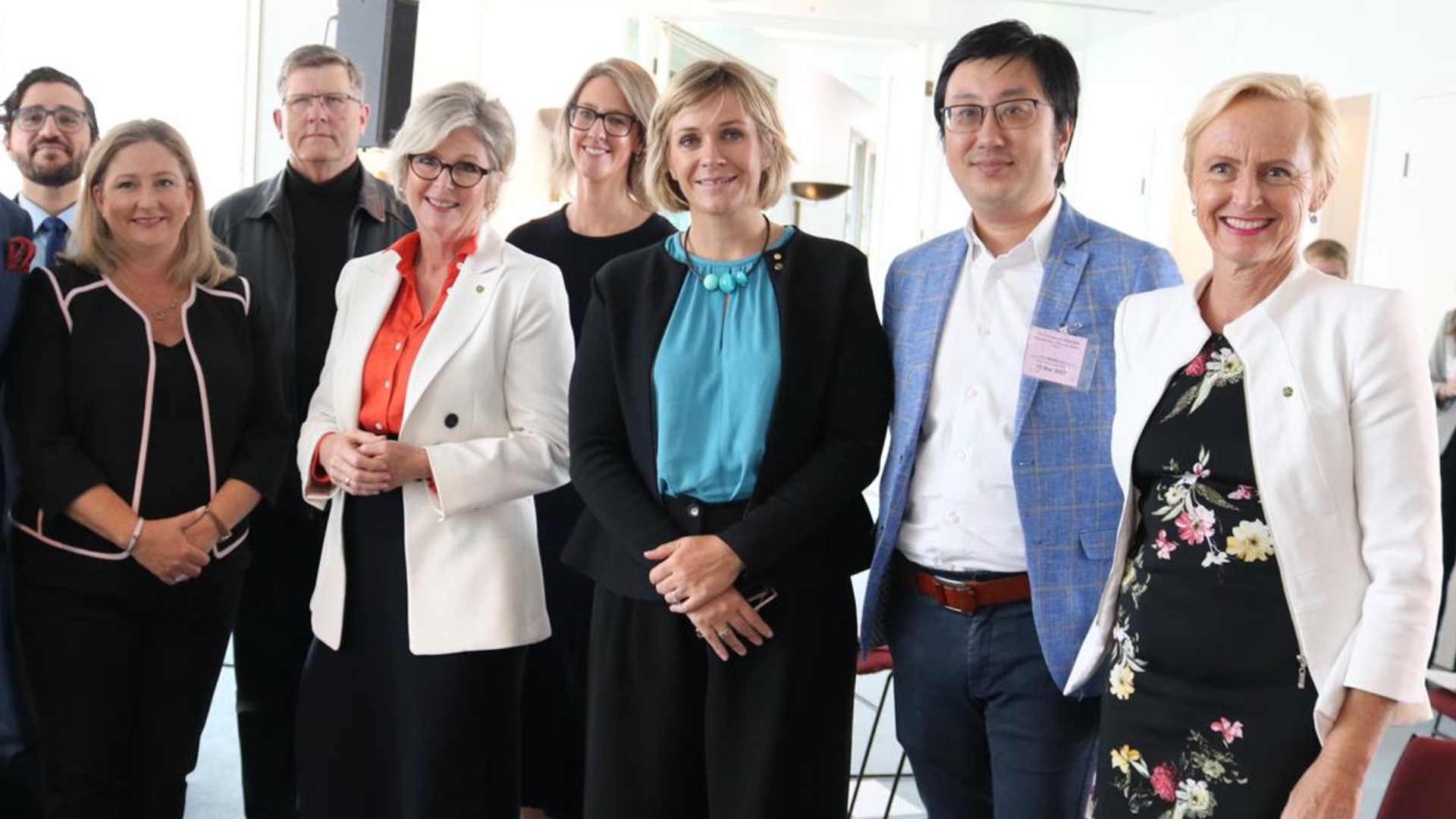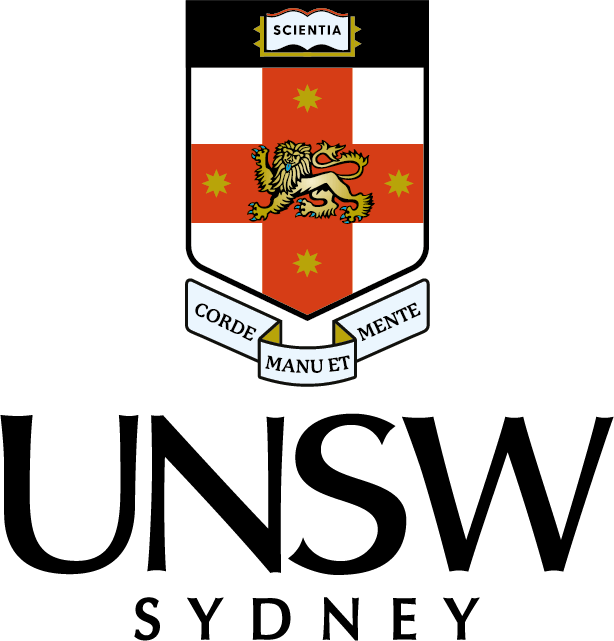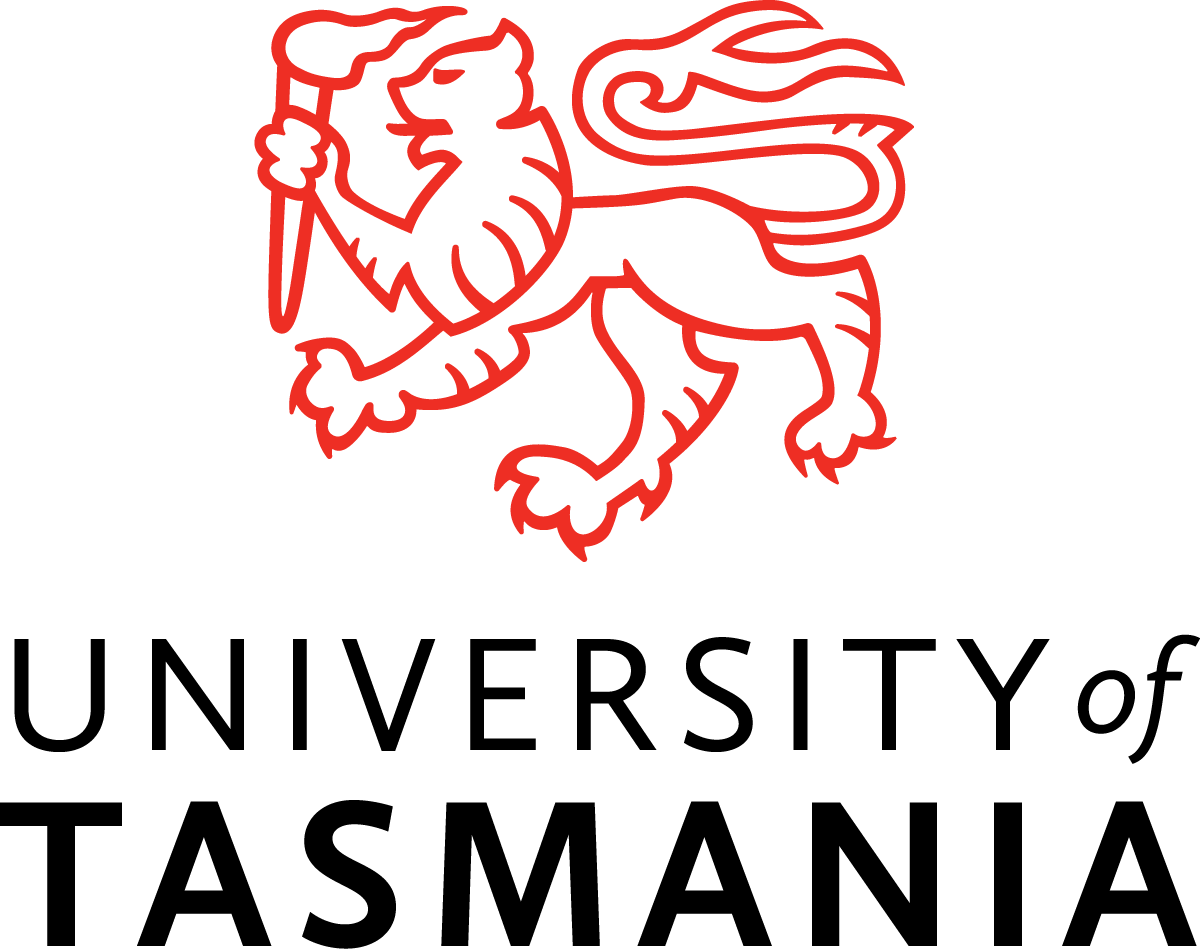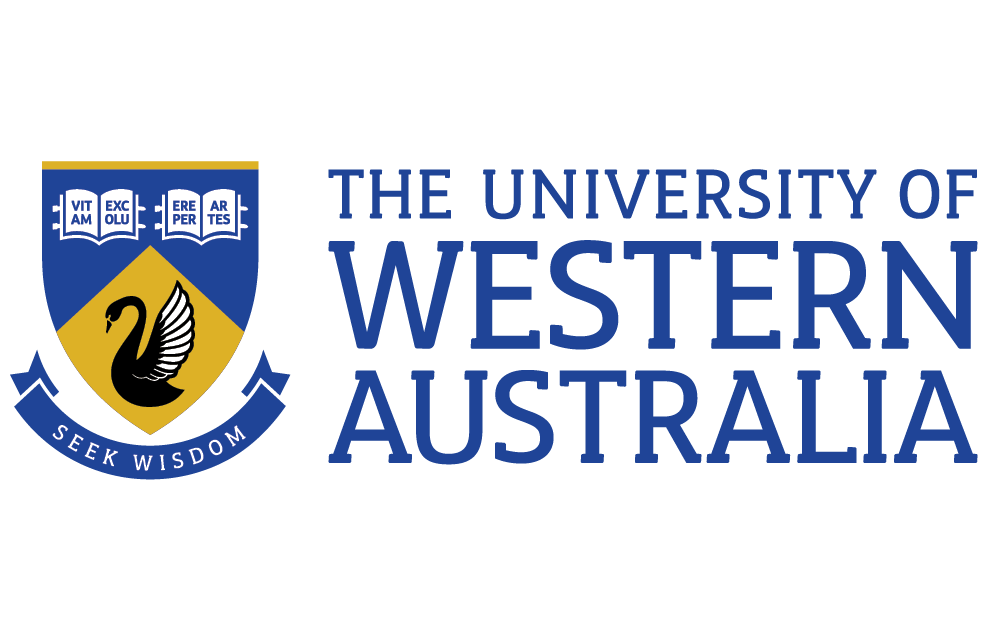World Economic Forum, June 2025
The Global Gender Gap Index annually benchmarks the current state and evolution of gender parity across four key dimensions: Economic Participation and Opportunity, Educational Attainment, Health and Survival, and Political Empowerment. Since launching in 2006, it is the longest-standing index tracking the progress of numerous countries’ efforts towards closing these gaps over time.
The 2025 Global Gender Gap Index benchmarks gender parity across 148 economies, providing a basis for the analysis of gender parity developments across two-thirds of the world’s economies. The index examines a subset of 100 economies that have been included in every edition of the index since 2006, offering a broad country sample for longitudinal and trend analysis.
The Global Gender Gap Index measures scores on a 0-1 scale, and scores can be interpreted as the distance covered towards parity (i.e. the percentage of the gender gap that has been closed, numbers rounded). Cross-economy comparisons support the identification of the most effective policies to close gender gaps.
Findings of the Global Gender Gap Report 2024 include:
- Australia’s overall ranking has improved by 11 places since 2024, now placing at 13th in the world. This marks the highest ranking Australia has achieved since the index first started in 2006, and a significant improvement on our lowest point of 50th on the list.
- Australia’s rise was mostly driven by a significant shift in political empowerment, ranking 30th for women in parliament, 8th for women in ministerial positions and 19th overall for political empowerment.
- The lack of meaningful, widespread change in global results since the last edition of the Report effectively slows down the rate of progress to attain parity. Based on current data, it will take 134 years to reach full parity.
- Globally, women remain significantly underrepresented in the political sphere, including legislative bodies – where they represent fewer than one-third of parliamentary speakers. Across legislative institutions, there are 161 bodies with a gender equality mandate, leadership of which remains predominantly female. Women are also underrepresented in cabinet portfolios such as economy, infrastructure, and defence – a distribution with tangible economic consequences in the shaping of national priorities and public investment.
- Across the 19 editions of the index, the greatest progress towards gender parity has been observed in the area of Political Empowerment, with the gap narrowing by 9.0 percentage points — from 14.3% in 2006 to 23.4 % in 2025.
- But at the current rate of progress, it will still take 162 years to close the global Political Empowerment gender gap.
Pathways to Politics GENDER SCORECARD 2025: Women in Australian politics
Explore our data on gender and representation in Australian politics – from a global, federal, state and local government perspective
Read the report
